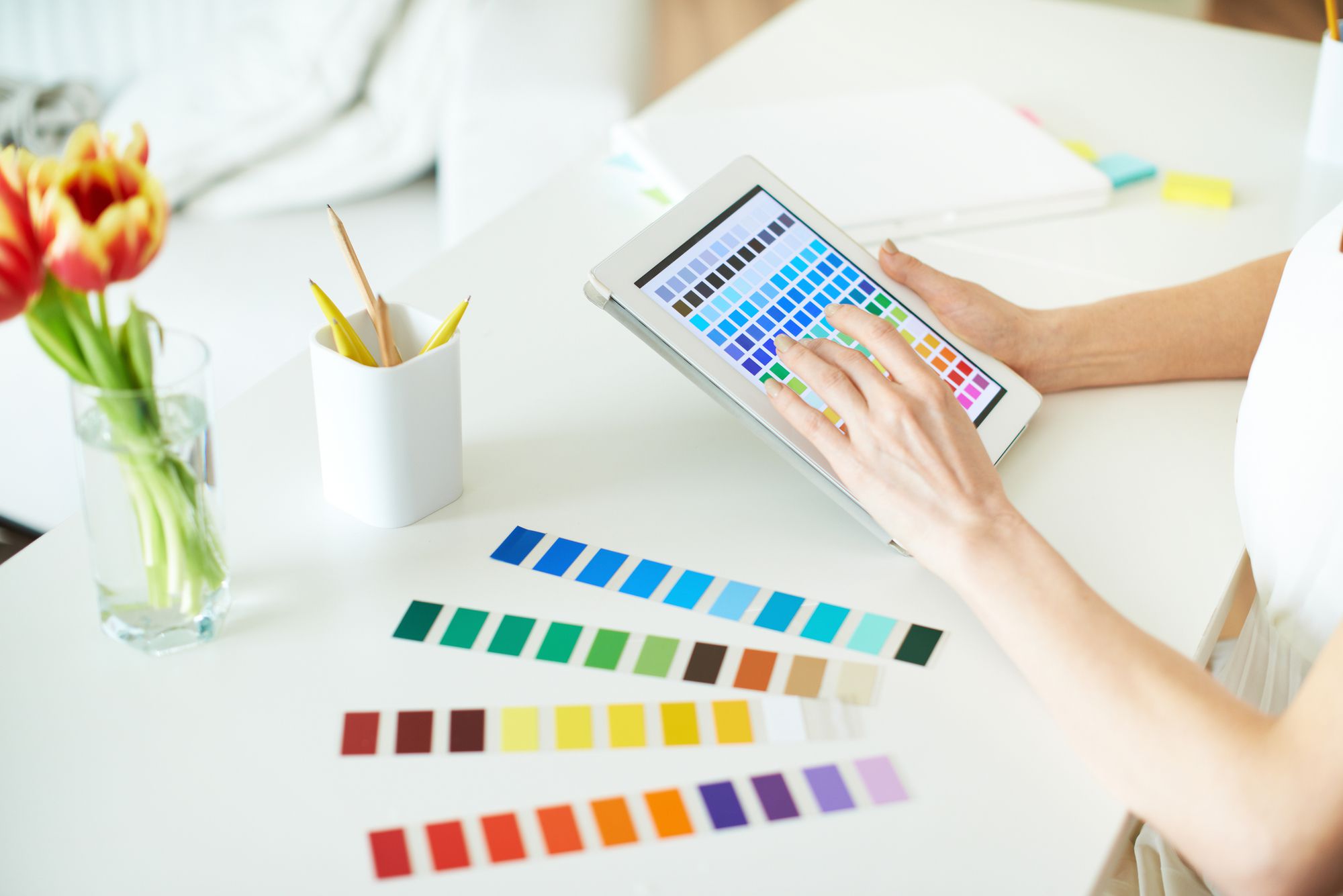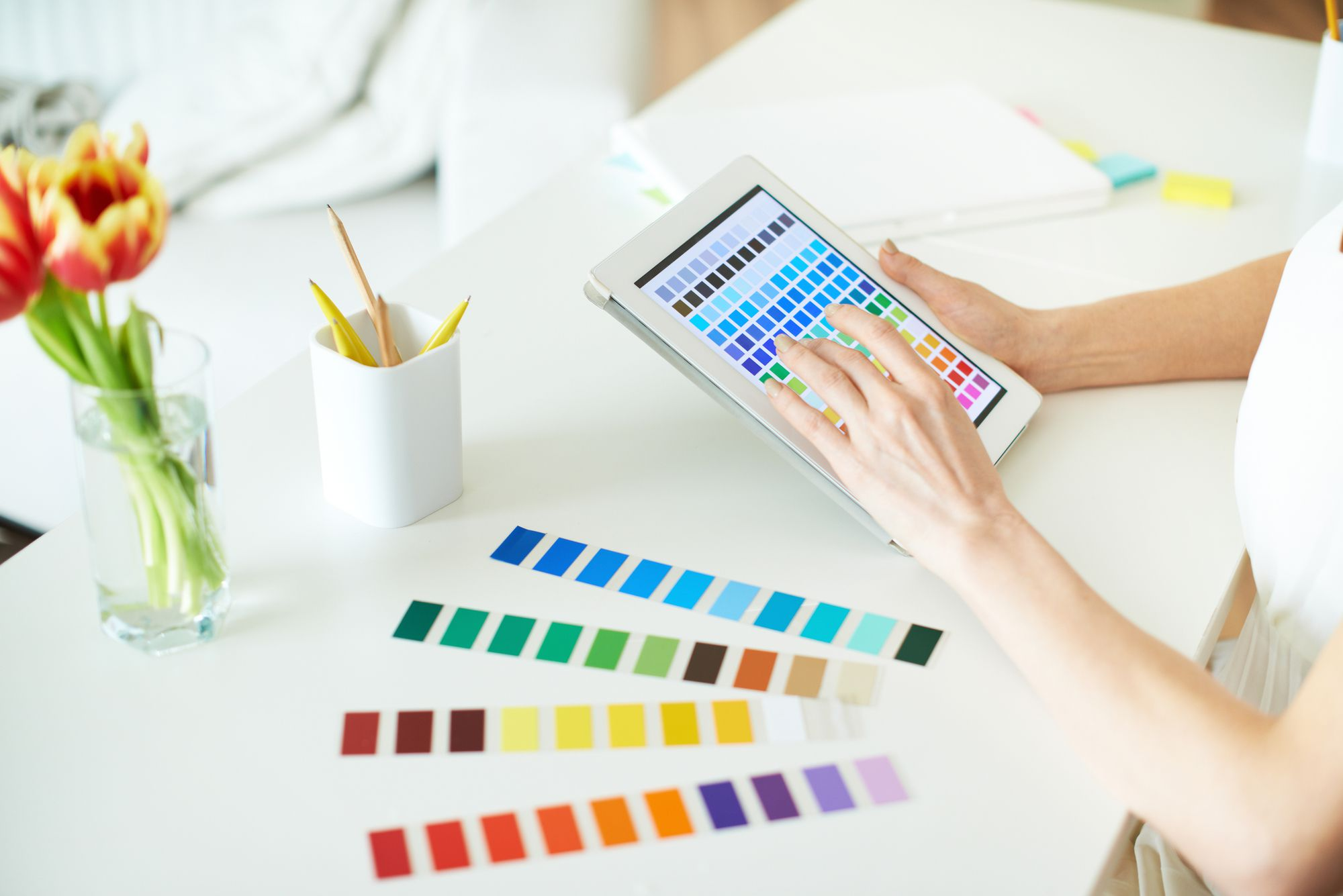The choice of colors in branding is one of the most crucial aspects of building a brand. Colors play a key role in how consumers perceive a brand, influencing their emotions, purchasing decisions, and even brand loyalty. Color psychology is the study of how different colors can affect human emotions and behavior. When applied to branding, it becomes a powerful tool to shape perceptions and strengthen brand identity.
In this article, we’ll explore how color psychology can be used in branding to influence consumer perceptions and enhance your brand’s positioning in the market. We’ll also delve into the meanings of various colors, how they are interpreted across different cultural contexts, and how major brands leverage them to create emotional connections with their audiences.
1. What Is Color Psychology?

Color psychology is a field of study that explores how colors affect human behavior and emotions. Since ancient times, colors have been used to evoke feelings, send messages, and influence actions. Today, in the world of marketing and branding, colors are strategically used to create emotional associations and shape how people perceive a brand.
Why Are Colors Important in Branding?
- First impressions: Colors create an immediate impression of a brand, influencing how it is perceived right from the start.
- Emotions and psychology: Different colors evoke different emotions. Selecting the right color helps communicate the essence of your brand and connect with your audience on a deeper level.
- Market differentiation: With many brands competing for consumer attention, a well-chosen color palette can help your brand stand out from the competition.
2. The Meaning of Colors in Branding
Each color carries emotional and symbolic associations. Let’s explore the significance of key colors used in branding and how they can influence consumer perceptions.
2.1. Red
Red symbolizes passion, energy, urgency, and action. Brands use red to convey intensity and dynamism.
Emotionally associated with:
- Passion, energy, and excitement
- Aggression and power
- Urgency (often seen in promotions and sales)
Examples of brands using red:
- Coca-Cola: Uses red to evoke positive emotions and energy associated with happiness and pleasure.
- YouTube: The red in its logo reflects vibrant energy and excitement, aligning with content consumption and creativity.
2.2. Blue
Blue represents trust, security, and tranquility. It is often used by brands that want to position themselves as reliable and professional.
Emotionally associated with:
- Trust and security
- Calmness and serenity
- Professionalism
Examples of brands using blue:
- Facebook: Uses blue to foster trust and safety, essential for a social network dealing with personal data.
- Samsung: The blue in Samsung’s branding communicates professionalism and technological innovation.
2.3. Yellow
Yellow is an optimistic and cheerful color, often used to convey positivity and happiness. Its high visibility makes it ideal for brands aiming to create joyful connections.
Emotionally associated with:
- Joy and optimism
- Energy and warmth
- Attention
Examples of brands using yellow:
- McDonald’s: Combines red and yellow in its logo to express energy, warmth, and happiness, appealing to families and children.
- IKEA: Uses yellow to signal optimism and accessibility, matching its philosophy of providing affordable and creative home solutions.
2.4. Green
Green is linked to nature, growth, and sustainability. Brands focused on health, wellness, or environmental responsibility often incorporate green into their branding.
Emotionally associated with:
- Growth and renewal
- Harmony and balance
- Sustainability and health
Examples of brands using green:
- Starbucks: The green in Starbucks’ logo conveys tranquility and relaxation, reflecting the experience they aim to provide in their cafes.
- Whole Foods: Uses green to highlight its commitment to healthy eating and sustainability.
2.5. Black
Black signifies elegance, sophistication, and luxury. It’s often used by brands aiming to position themselves as exclusive and premium.
Emotionally associated with:
- Sophistication and luxury
- Power and authority
- Modernity
Examples of brands using black:
- Chanel: Black is synonymous with sophistication and exclusivity, perfectly aligning with a high-end fashion brand.
- Nike: The use of black reinforces power and strength, emphasizing the brand’s association with top-tier sports performance.
2.6. Purple
Purple symbolizes creativity, royalty, and mystery. It’s popular among brands looking to differentiate themselves through originality and imagination.
Emotionally associated with:
- Creativity and imagination
- Royalty and luxury
- Wisdom and spirituality
Examples of brands using purple:
- Cadbury: Uses purple to convey indulgence and luxury in the chocolate market.
- Twitch: The streaming platform’s purple branding reflects creativity and fun, appealing to a youthful audience.
2.7. Orange
Orange combines the energy of red with the optimism of yellow, resulting in a vibrant color that conveys enthusiasm and dynamism. It’s popular among brands targeting young and creative audiences.
Emotionally associated with:
- Energy and enthusiasm
- Creativity and innovation
- Friendship and fun
Examples of brands using orange:
- Fanta: Uses orange to express playfulness and freshness, appealing to younger consumers.
- Nickelodeon: Orange reflects the channel’s energetic and playful identity, resonating with children and teenagers.
3. The Cultural Influence of Colors

While some color associations are universal, meanings can vary across cultures. For example, white represents purity in Western cultures but signifies mourning in parts of Asia. Understanding cultural nuances is essential for brands operating in global markets.
Examples of cultural variations:
- Red in China: Associated with luck and prosperity.
- White in Japan: Symbolizes mourning, in contrast to its association with purity in the West.
- Black in the West: Represents sophistication and power but is also associated with mourning.
Practical application: If your brand operates in multiple countries, research how colors are perceived in each region to avoid misunderstandings and ensure cultural appropriateness.
4. How to Choose the Right Colors for Your Brand
Choosing the right colors for your brand is more than a matter of personal preference. It requires strategic thinking, considering your brand values, target audience, and industry.
4.1. Define Your Brand Values
Your color choices should reflect the core values of your brand. Ask yourself: What do we want to communicate? If your brand emphasizes creativity, purple or orange may be suitable. If trust and professionalism are priorities, blue might be a better fit.
4.2. Understand Your Target Audience
It’s essential to know what your audience expects from your brand and how they relate to certain colors. Younger audiences may be drawn to vibrant, energetic colors, while mature consumers may prefer more subdued, elegant tones.
4.3. Consider Industry Context
Colors also vary by industry. In healthcare, blue and green are popular for their associations with calmness and health. In luxury fashion, black and gold convey exclusivity and sophistication.
5. The Impact of Colors on Purchase Decisions

Studies show that up to 90% of purchase decisions are influenced by color perception. This highlights that color choices affect not only brand perception but also sales and customer loyalty.
Example: In one experiment, changing the color of purchase buttons on e-commerce sites significantly increased conversion rates, proving that even small color adjustments can have a major impact.
Color psychology in branding is a powerful tool for influencing perceptions and shaping brand identity. By understanding the emotional impact of colors and aligning them with your brand’s values, you can create stronger connections with your audience and stand out in the market.
Choosing the right colors for branding goes beyond personal preference—it’s a strategic decision that affects how your brand is perceived, the emotions it evokes, and the success of your marketing efforts.
Frequently Asked Questions (FAQ) about Color Psychology
- What is color psychology? It’s the study of how different colors affect emotions and behavior, influencing perceptions and decisions.
- How do colors affect brand perception? Colors convey emotions and associations, impacting how the audience perceives and connects with a brand.
- What colors convey trust? Blue is often associated with trust, security, and professionalism, making it popular in technology and finance sectors.
- How do I choose the right colors for my brand? Consider your brand values, target audience, and industry. Your color choices should reflect your brand’s essence and resonate with your audience.
- Do color perceptions change across cultures? Yes, color meanings vary significantly between cultures. For example, white symbolizes mourning in some Asian cultures, while it represents purity in Western contexts.




